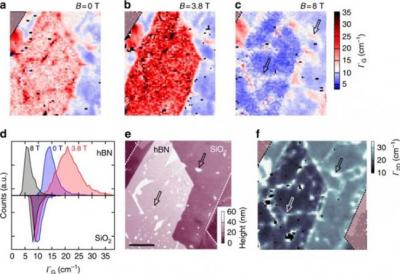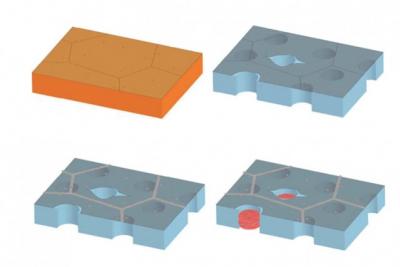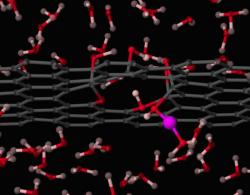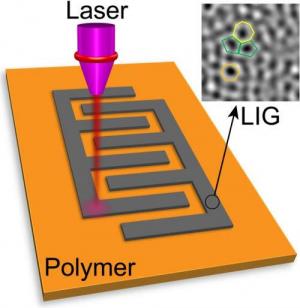Manipulating graphene's wrinkles could lead to graphene semiconductors
Researchers at Japan's RIKEN have discovered that wrinkles in graphene can restrict the motion of electrons to one dimension, forming a junction-like structure that changes from zero-gap conductor to semiconductor back to zero-gap conductor. Moreover, they have used the tip of a scanning tunneling microscope to manipulate the formation of wrinkles, opening the way to the construction of graphene semiconductors by manipulating the carbon structure itself in a form of "graphene engineering."
The scientists were able to image the tiny wrinkles using scanning tunneling microscopy, and discovered that there were band gap openings within them, indicating that the wrinkles could act as semiconductors. Two possibilities were Initially considered for the emergence of this band gap. One is that the mechanical strain could cause a magnetic phenomenon, but the scientists ruled this out, and concluded that the phenomenon was caused by the confinement of electrons in a single dimension due to "quantum confinement."




